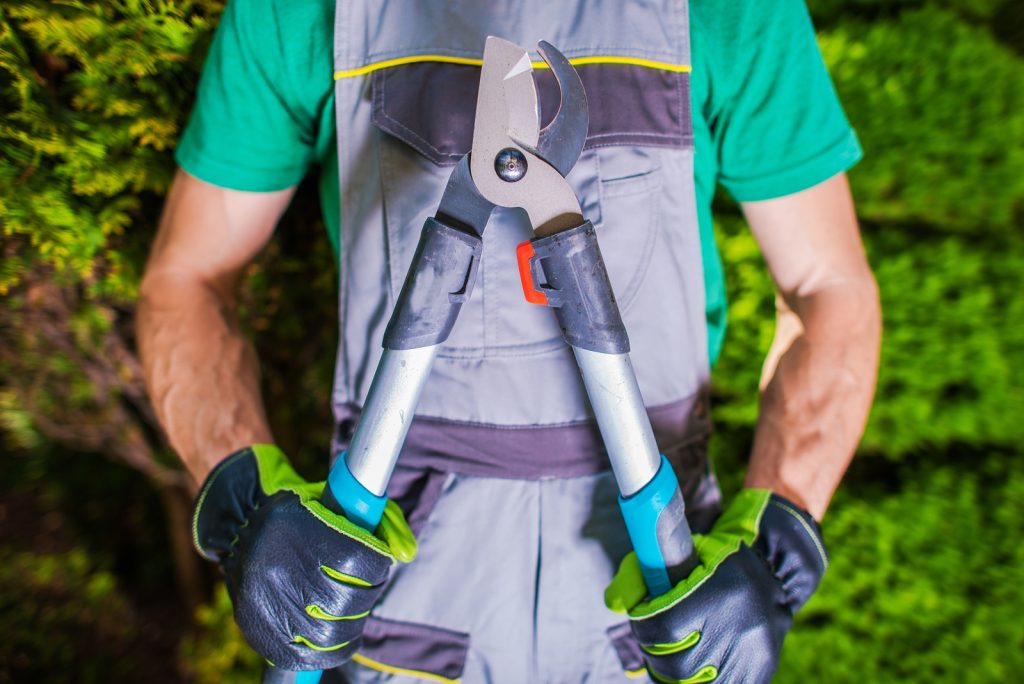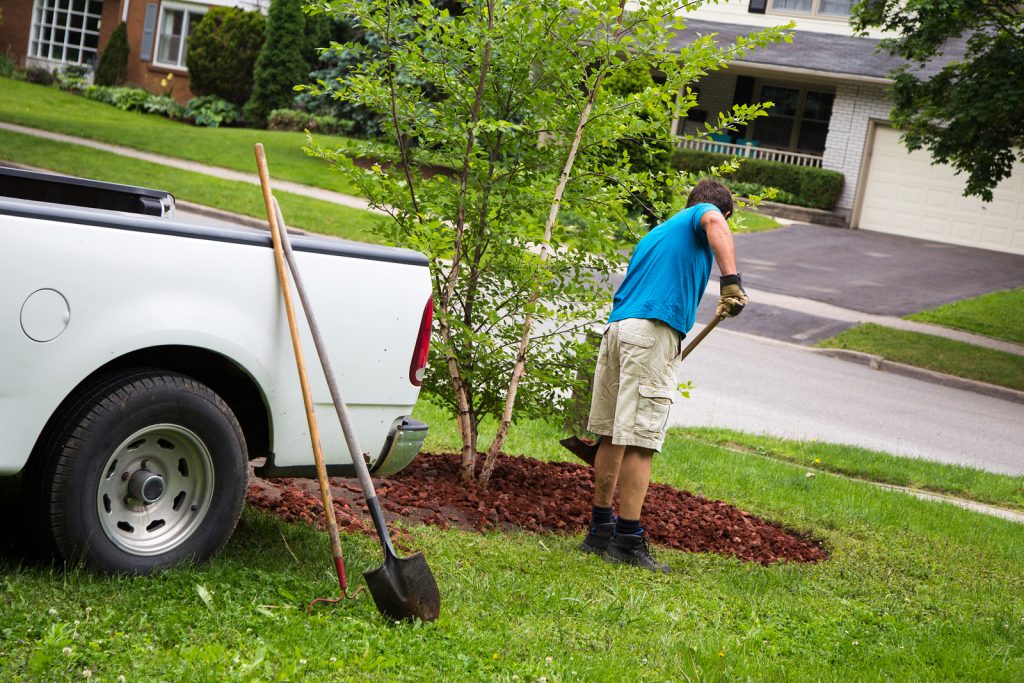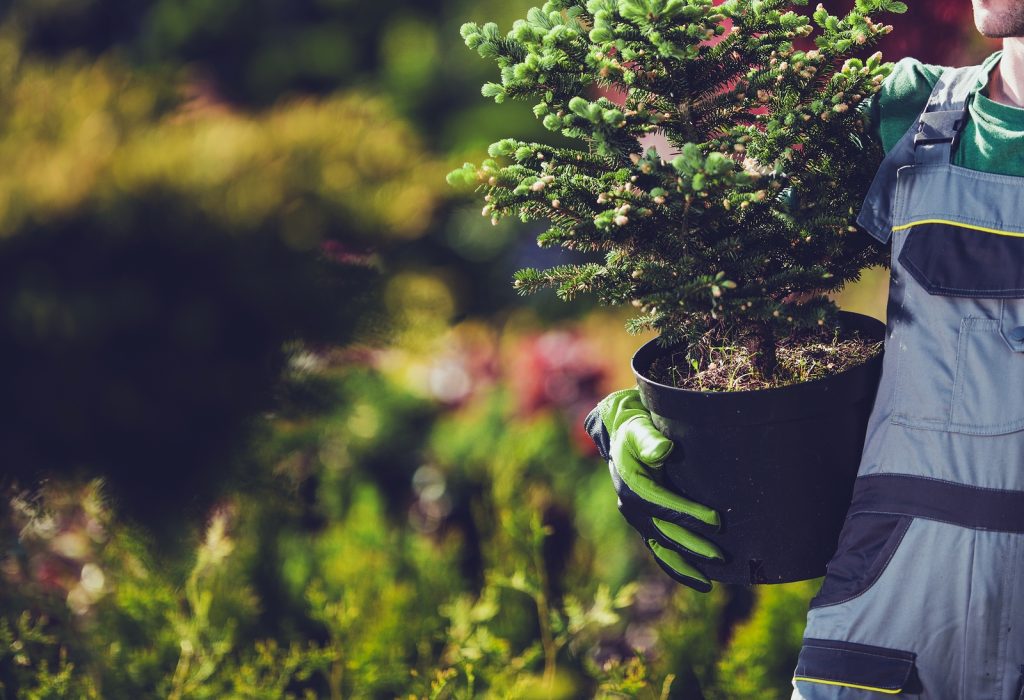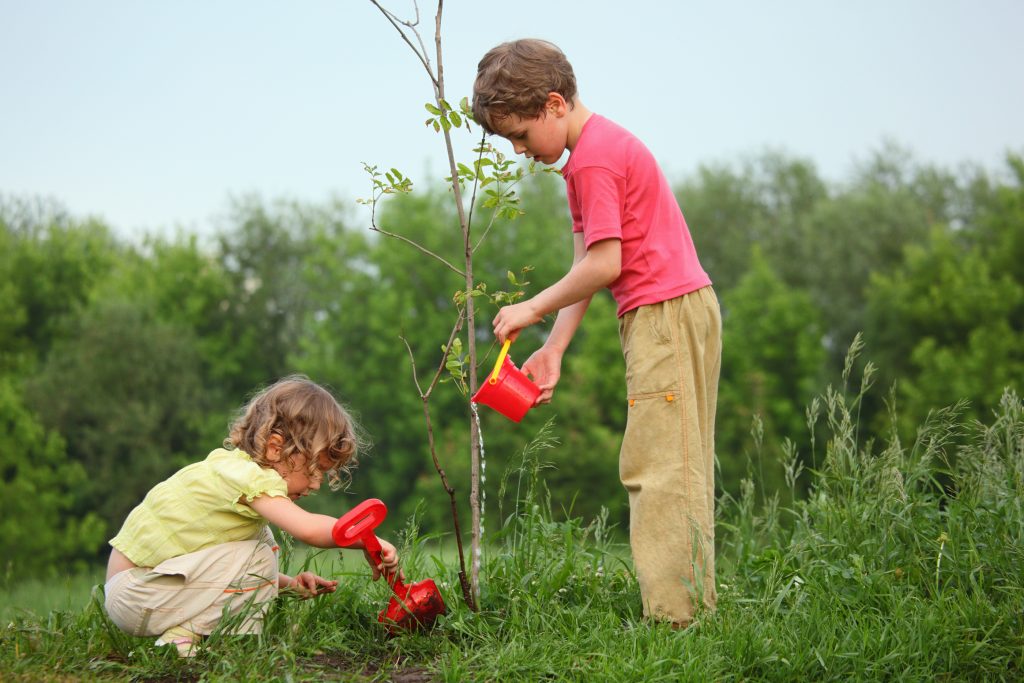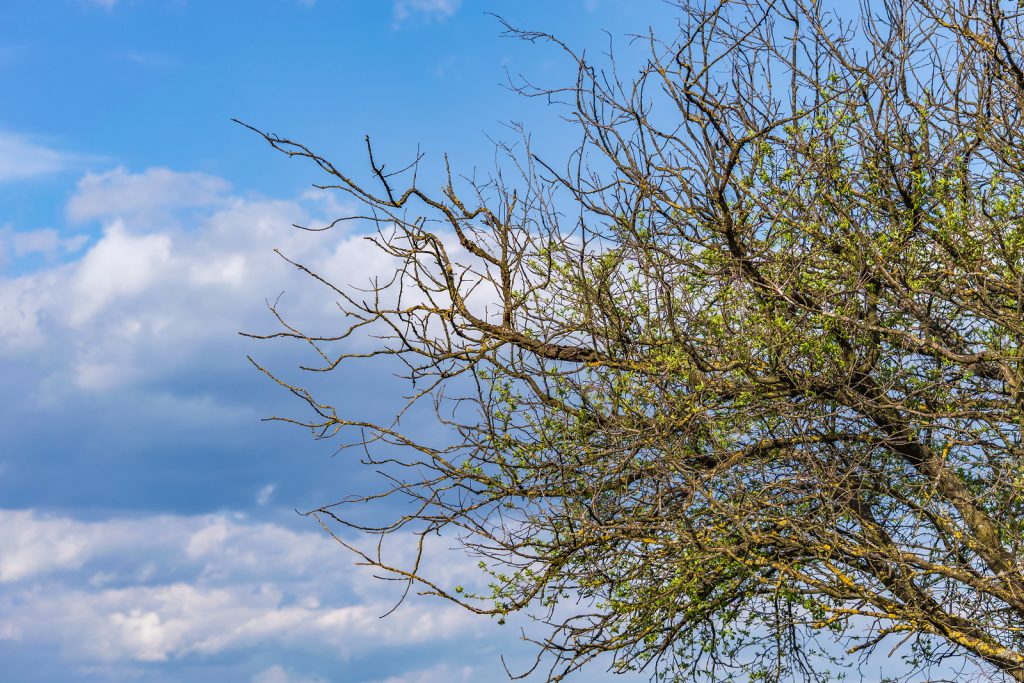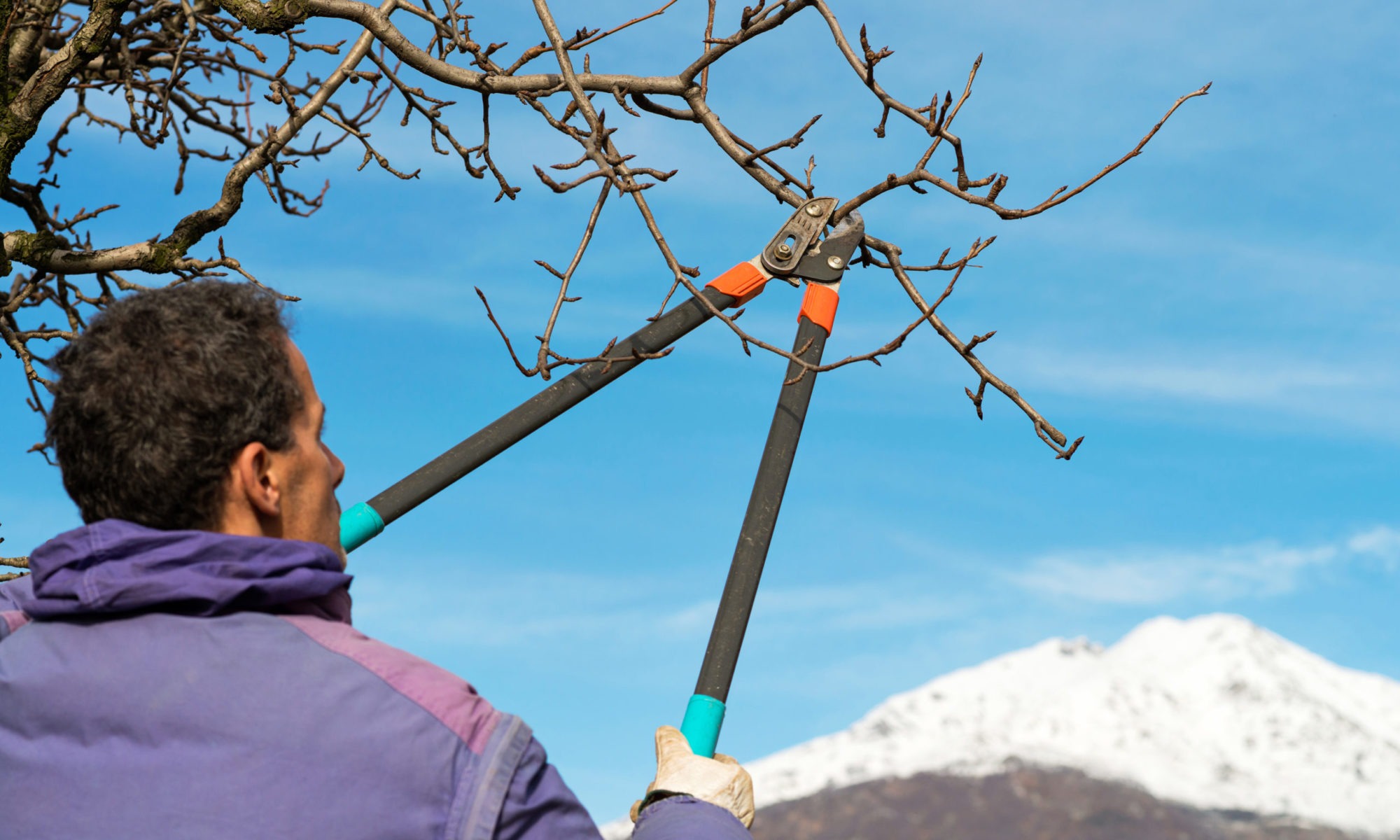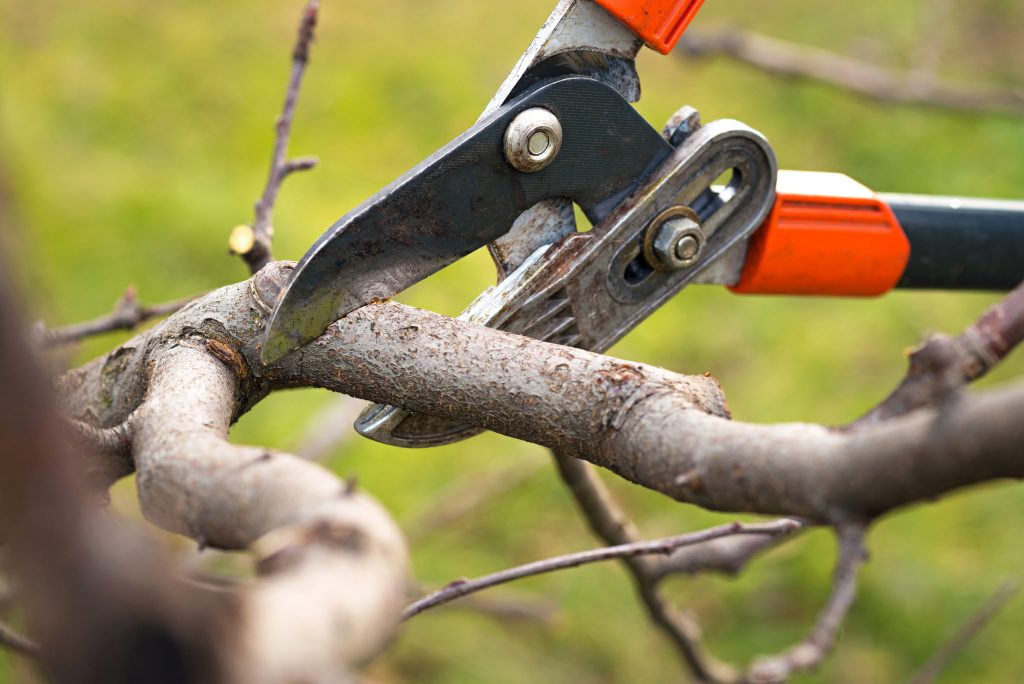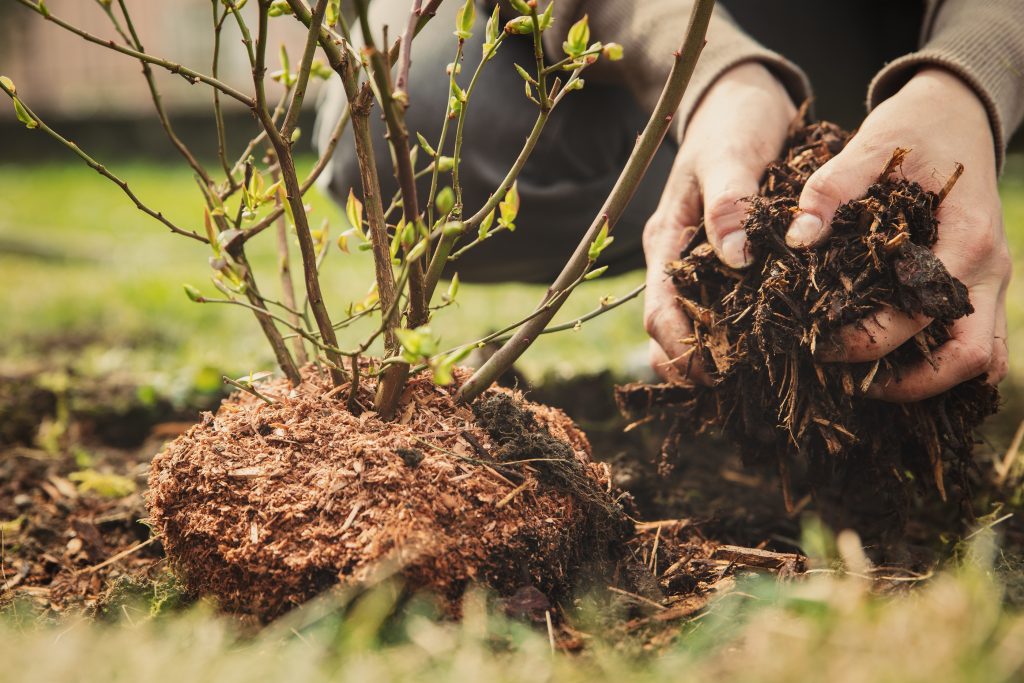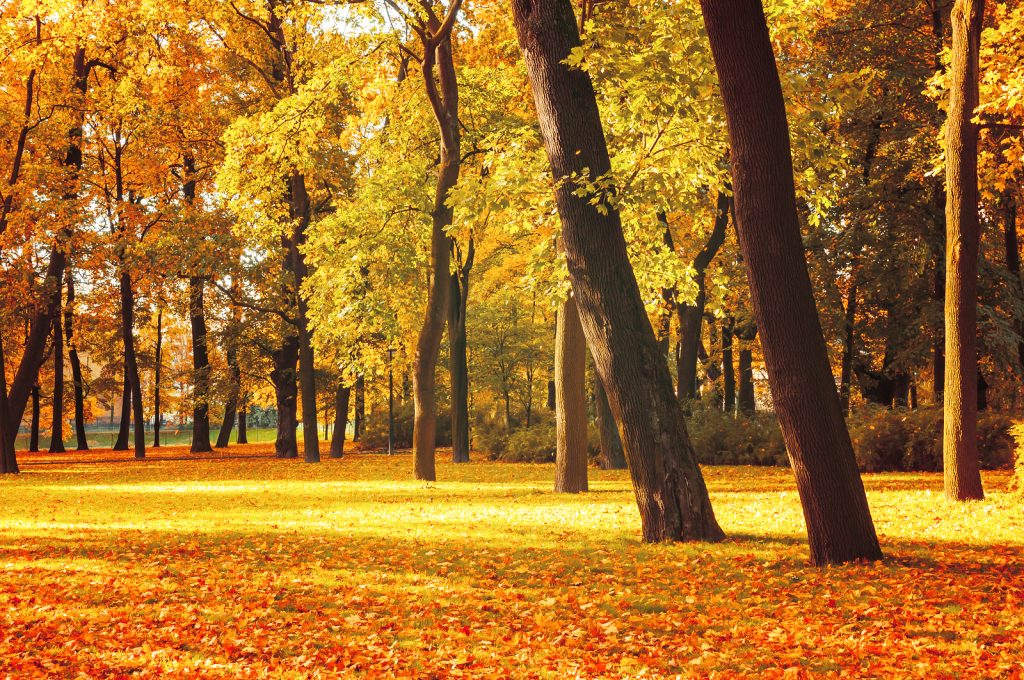Most people in the East Bay should be pruning their trees between November and March. But how often should I prune my trees? Is it an annual tradition? What is best for my tree to ensure it grows and isn’t damaged? While it’s always best to speak to our certified arborist, the following are some basic guidelines that individuals should follow when determining pruning schedules:
Type of Tree
One of the key factors is the type of tree involved. Each tree type will react differently. For instance, fruit trees are generally pruned annually. On the other hand, oak trees should be trimmed every 2-3 years. Additionally, the tree type can also determine the ideal time to prune your tree. Thus, knowing your tree type is essential in determining the pruning schedule.
Age of the Tree
In addition to the tree type, the age of the tree also impacts how often you should prune it. Younger trees are usually pruned more often than older trees. If you had to find an average, most younger trees should be pruned every 2-3 years while older trees are trimmed every 3-5 years. This allows younger trees to flourish while helping to maintain established structures.
Tree Condition
The condition of a tree can dramatically affect the pruning timeframe as well. If a tree has a broken branch or loose/unstable areas, the tree may require trimming, even if it’s not “time”. Alternatively, if a younger tree is having trouble establishing its roots, it maybe recommended that the tree not be pruned as frequently for now.
Thus, if you are wanting to get your trees pruned or evaluated for trimming in the Bay Area, contact us. Sexy Trees has a certified arborist with years of experience.
 Bringing Sexy Back Into Your Yards
Bringing Sexy Back Into Your Yards 
